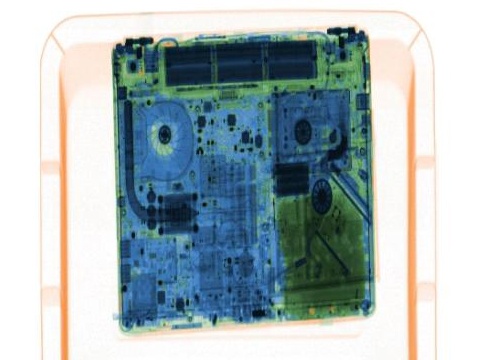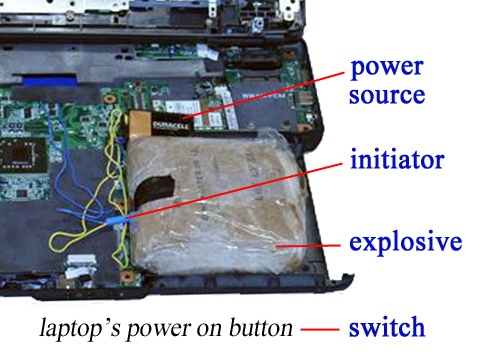 On the morning of Tuesday 21 March, the United States announced an electronics ban on inbound direct flights from certain Middle East and North African countries and required nine airlines to comply within 96 hours. The United Kingdom released similar restrictions later that day affecting 14 airlines.
On the morning of Tuesday 21 March, the United States announced an electronics ban on inbound direct flights from certain Middle East and North African countries and required nine airlines to comply within 96 hours. The United Kingdom released similar restrictions later that day affecting 14 airlines.
Both bans order airlines to prohibit passengers from bringing large electronics into the cabin of the aircraft, but to instead place them into checked baggage. Although there is no direct threat or plot authorities are aware of, US officials say it’s a move in response to terrorist organizations working to perfect techniques for hiding explosives in electronic devices. Let’s take a closer look into the aviation threat causing governments to implement bans.
Which Electronics Have Been Banned?
 First off, let’s examine what the current ban prohibits. The US ban states that all personal electronics larger than the typical smart phone must be placed in checked baggage. This includes laptops, tablets, e-readers, cameras, portable DVD players, electronic gaming devices, travel printers/scanners, etc.
First off, let’s examine what the current ban prohibits. The US ban states that all personal electronics larger than the typical smart phone must be placed in checked baggage. This includes laptops, tablets, e-readers, cameras, portable DVD players, electronic gaming devices, travel printers/scanners, etc.
The UK ban provides more specific direction by stating all cell phones, laptops, tablets, e-readers, and peripheral devices (such as keyboards, external hard drives, portable power sources, etc) larger than 16.0cm x 9.3cm x1.5cm must be placed in the cargo hold. Medical devices are not affected by either ban.
The Aviation Threat
It’s not a new concept for terrorists and lone wolfs to target commercial aviation. They have done it for decades and are constantly pushing the barriers with new terror tactics aimed at harming aviation. These latest restrictions on electronics have been driven by advanced methods to conceal improvised explosive devices within electronic items and their battery compartments. The idea is to blend IEDs into consumer products as best as possible to avoid detection via X-ray and ETD.
In February 2016, terrorists did just that. Airport workers were able to slip a laptop bomb through the security checkpoint undetected at Somalia’s Mogadishu Airport and a bomber brought it aboard Daallo Flight 159. Not long after the flight departed, the device detonated blowing a hole on the side of the aircraft. The aircraft returned safely back to the airport and the only casualty was the bomber himself. A larger, more deadly explosion could have occurred had the aircraft reached cruising altitude.
A Closer Look at the Laptop Bomb
We have replicated our own laptop bomb for training based on the one used on Daallo 159. Depending on how familiar you are with the PIES components of an IED – Power source, Initiator, Explosives, and Switch, you may or may not be able to see the hidden improvised explosive device in this X-ray image.

In this case, the power source is a 9 volt battery which provides an electrical charge to the initiator. The initiator receives the electrical charge and the blue detonator (or blasting cap) containing a small amount of explosive is subsequently set off. This small blast then triggers the remaining, larger explosive. The last component is the switch – the laptop’s power on button. Once pressed, it sets off the entire IED causing an explosion similar to the one on Daallo 159.

Conclusion
The aviation threat of hidden explosives and IEDs within personal electronics is credible. The incident in Mogadishu demonstrates that these threats are able to pass through security checkpoints undetected. How can we strengthen these checkpoints to prevent another incident like this? Is there a better way to screen electronics instead of banning them altogether? Let us know your thoughts below.

